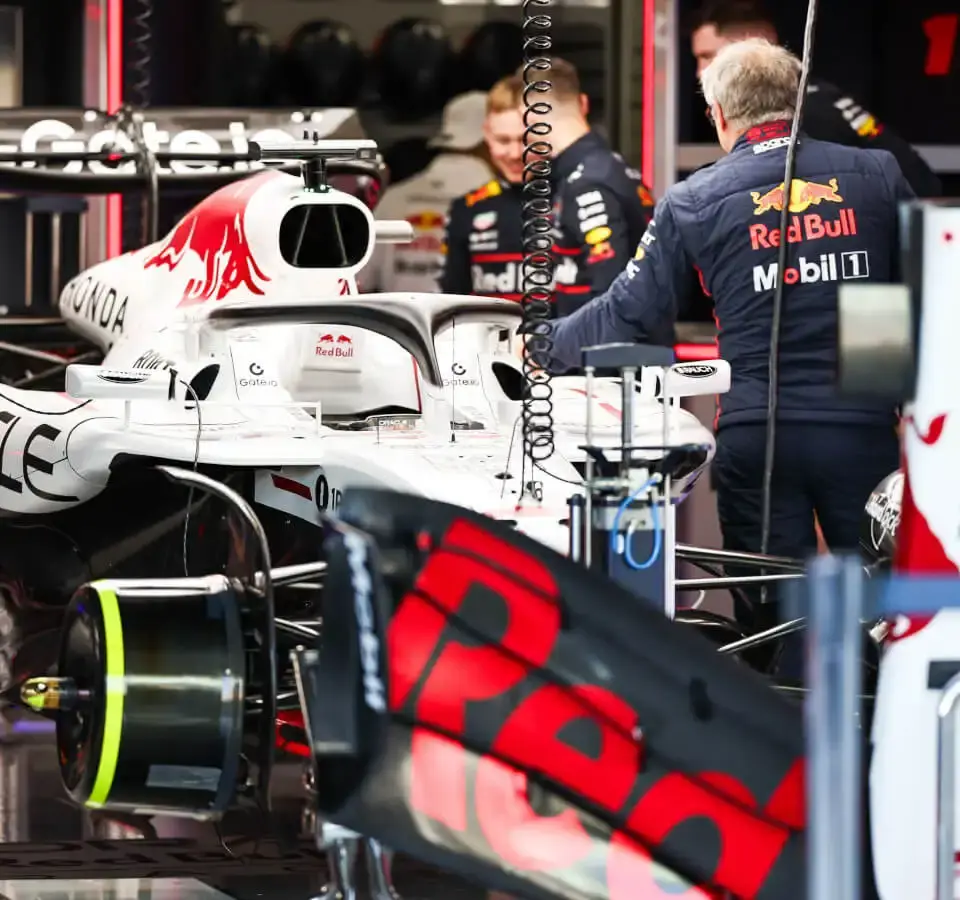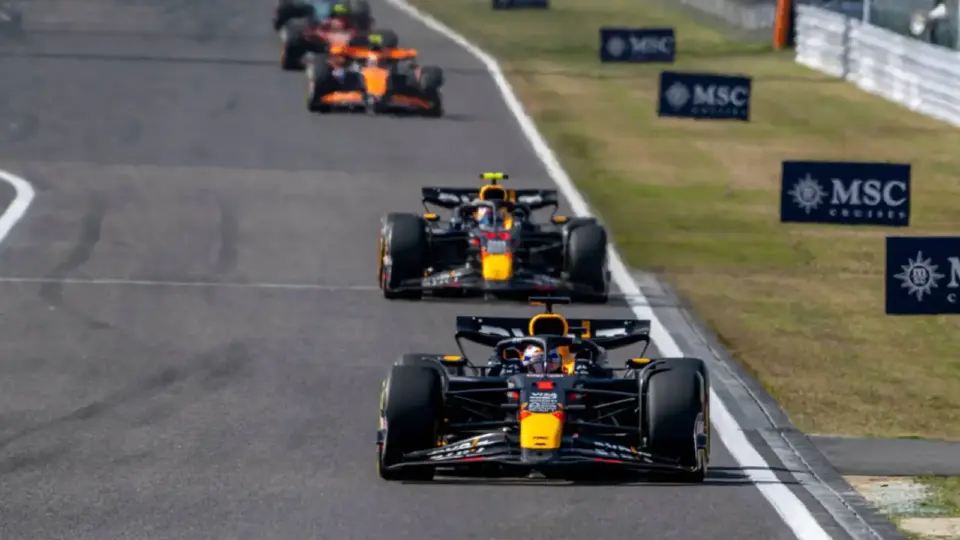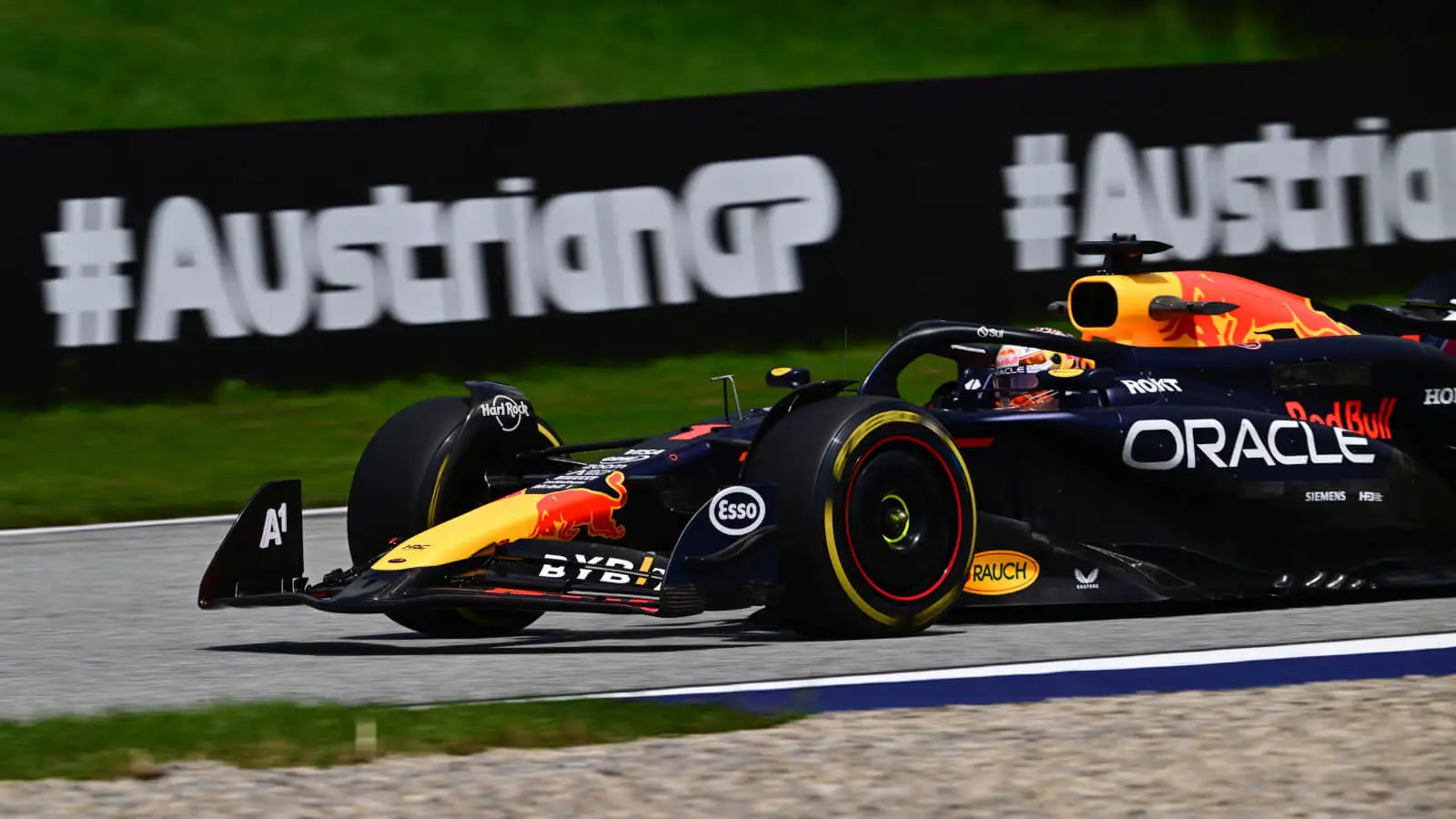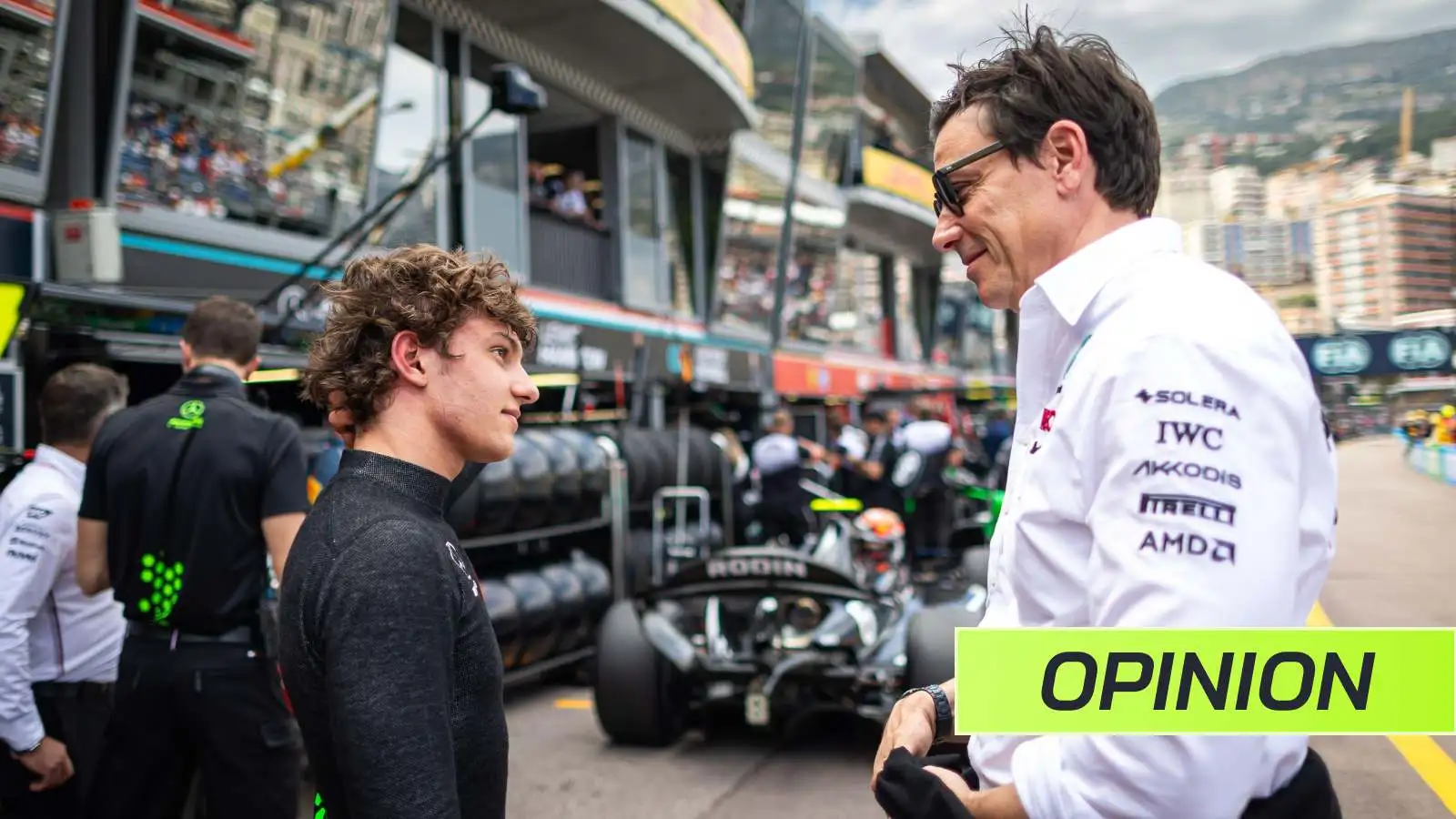Red Bull Racing’s high-stakes battle in the F1 championship intensifies as they unveil significant upgrades for their RB21 car at the Suzuka Grand Prix. With McLaren setting the pace this season, Red Bull faces mounting pressure to defend their reputation and title aspirations.
In a season where Red Bull has found itself surprisingly off the pace, the urgency is palpable. With McLaren’s MCL39 stealing the spotlight through consecutive victories, Red Bull’s once-dominant presence is now at stake. The challenge is evident as Max Verstappen holds a precarious second place in the Drivers’ Championship, trailing McLaren’s Lando Norris by just eight points. Simultaneously, Red Bull languishes in third, 42 points behind in the Constructors’ Championship, with McLaren leading the charge.
Verstappen candidly shared the team’s struggles during the Thursday press conference in Suzuka. ‘I think our main issue is that our car is not where we want it to be,’ the Dutch driver admitted. He detailed the RB21’s “nervous” and “unstable” demeanor in various corner scenarios, attributing issues to a complex mix of corner speeds, tire behavior, and track conditions. Despite these hurdles, Verstappen emphasized the team’s determination to regain their competitive edge.
Time is a decisive factor, emphasized by Helmut Marko’s stark caution that improvements must emerge within the next five races. ‘We have to bring out updates quickly that also work,’ Marko stated. ‘To win the World Championship, these improvements will certainly have to happen in the next five races, otherwise it will be too late.’ Red Bull has responded by rolling out new rear suspension and engine cover updates, alongside a plan to rectify issues with the wishbone shroud and brake duct assembly.
Red Bull’s technical advancements include a revised wishbone shroud designed to align better with local aerodynamic flow, improvements in the engine cover for enhanced cooling, and a larger exit duct to optimize airflow at Suzuka. While rival teams like McLaren, Ferrari, and Mercedes showed no such developments during this event, Haas introduced modifications to their car’s floor for better stability at low ride heights in fast corners. Similarly, Williams and Racing Bulls have made strategic adjustments to their aerodynamics, aiming to fine-tune airflow and performance.
In contrast, Sauber’s updates highlighted changes to their floor and wing structures, which collectively aim to refine the airflow beneath the car, boosting overall efficiency. These technical changes reflect the ever-evolving nature of F1, where even the minutest modification can significantly impact race outcomes.
As Red Bull plunges into a critical phase in their F1 campaign, the introduction of these upgrades at Suzuka underscores their commitment to reclaiming their competitive status. With five races acting as a litmus test for their championship prospects, the stakes could not be higher. The following weeks will reveal whether these updates and efforts can close the gap to McLaren and reignite their path to victory.










